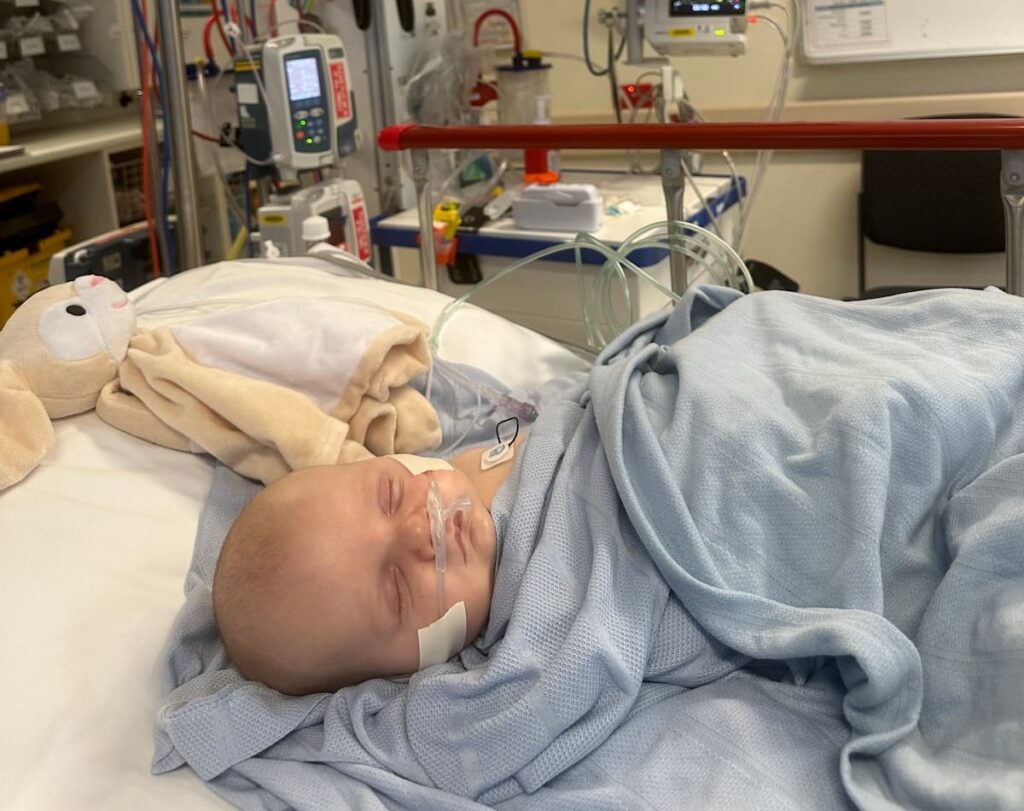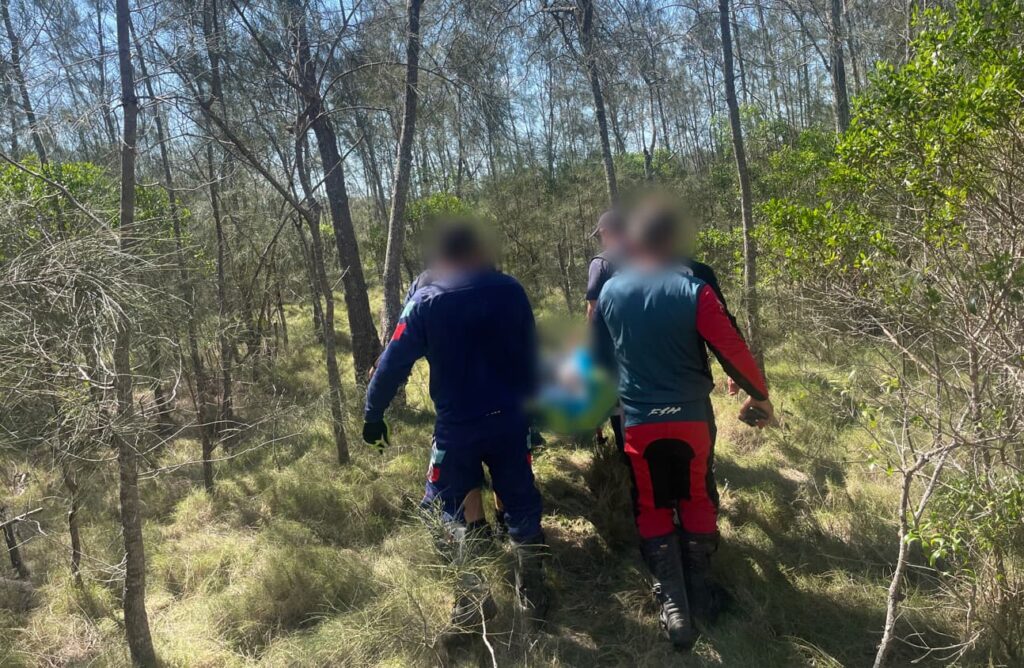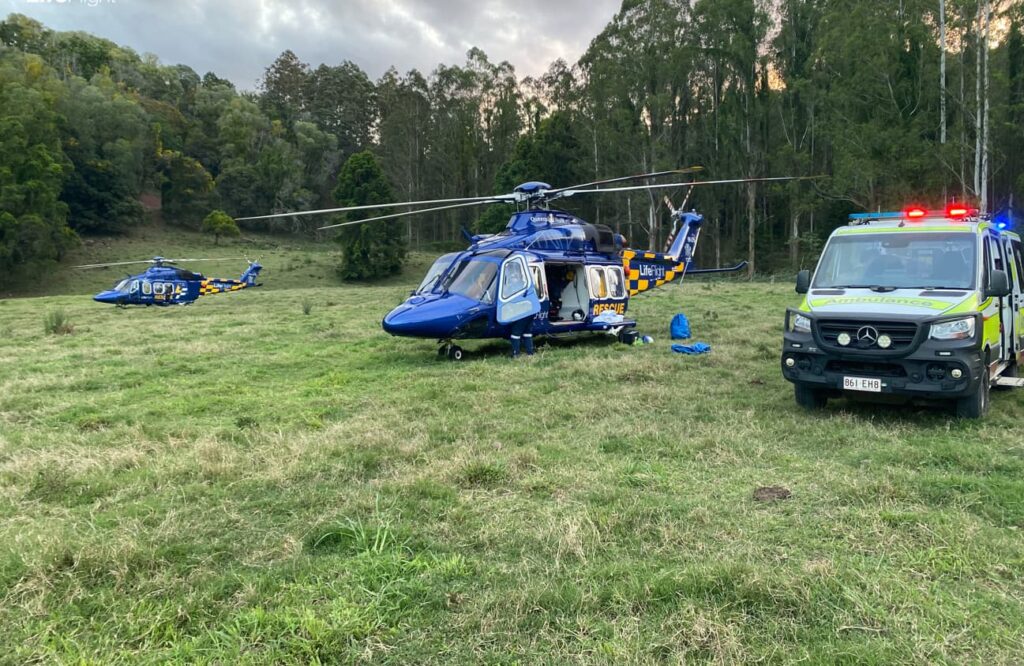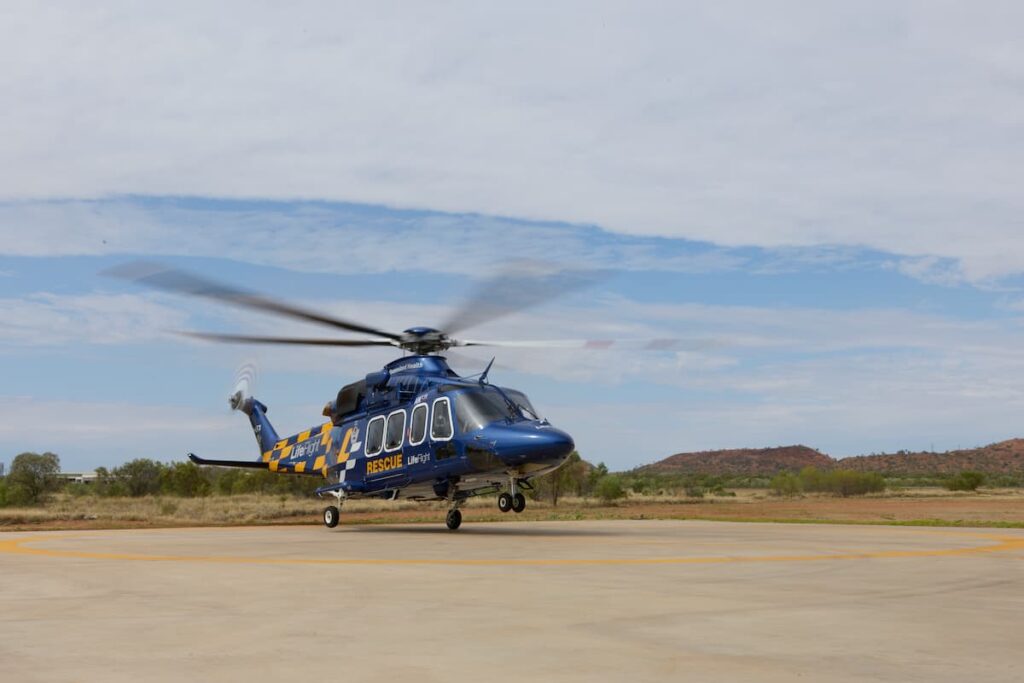LifeFlight has recorded an increase in animal-related rescues with 155 people airlifted this year across the state.
The figures, released on the eve of National Agriculture Day tomorrow (November 21), have more than doubled in the past two years with a 120 per cent increase from 2023.
This year, animal-related missions have made up eight per cent of trauma taskings statewide.
The LifeFlight Toowoomba-based aeromedical crew have airlifted the most patients this year with 28, due to the diverse agricultural landscape of the region.
Bases at Roma, Brisbane and Bundaberg have also recorded strong numbers.
The incidents are often related to horses and cattle, bull strikes, agricultural machinery and rodeos.
Others include snakes, sharks, a dog, a dingo, a pig, a crocodile, a donkey, a kangaroo and lion.
LifeFlight patient and Queensland beef cattle veterinarian Sandra Jephcott has seen firsthand the impacts of farming and remote location emergencies.
Getting up close to livestock is all in a day’s work for the Warwick resident and part-time vet who has been airlifted six times.
Ms Jephcott has an animal-related injury list as long as a country driveway given the often dangerous and challenging nature of her work.
Cattle stations have been Ms Jephcott’s outside office for three decades. She has been trapped under and flung off horses, kicked and butted by bulls and slammed against metal fencing.
Her most recent accident was two years ago, when an angry 1000kg bull trampled her foot.
In June 2023 Ms Jephcott was working on a Yulabilla property in the Western Downs Region loading two bulls from a small yard into a truck for the Roma Sale when they started fighting.
“They had their heads together pushing against each other and one of the bulls stepped on my right foot and he had all his weight on it,” she said.
“He tried to take my foot off my leg; he screwed it down into the ground.
“I’ve had so many accidents, I have a high pain threshold, but the bull had broken my fibula in two places and dislocated my ankle plus it was a compound fracture exposing the bone. I wanted to swim in pain relief.
“I was incredibly relieved with how quickly LifeFlight arrived. The doctor and paramedic in the chopper were just excellent, they distracted me, and they made me as comfortable as possible.”
She was worried the 15cm open wound would become infected.
“Without LifeFlight, I could have lost my leg,” she said.
In 2008 she was airlifted after a near fatal horse accident while mustering cattle.
“I was mustering cattle on my property near Condamine and the young horse I was riding somersaulted, trapping me underneath her,” she said.
“The horse weighed 380kg and her head was on my legs and her rump was on my head. The person mustering with me resuscitated me as I wasn’t breathing.
“They called Triple Zero (000) and an ambulance came from Miles. A LifeFlight helicopter landed at the Miles airstrip and flew me to Royal Brisbane and Women’s Hospital.
“I was in intensive care and an induced coma for eight days with bleeding on the brain and spent three months in the Brain Injury Rehabilitation Unit (BIRU) at Princess Alexandra Hospital with a partly paralysed left side, both leg and arm.
“Because LifeFlight was able to get me to good medical care, I have regained eight per cent of the use of my left leg and arm but have permanent left peripheral blindness.”
LifeFlight Toowoomba-based clinical lead and critical care doctor Chris Jarvis, said livestock-related incidents were becoming more common.
“At the Toowoomba base we fly out to traumatic farming accidents regularly,” Dr Jarvis said.
“We probably attend more in Toowoomba given our geography. We are surrounded by farming land. Many of these involved people injured by large animals like cows and horses.”
SANDRA’S TIPS FOR WORKING SAFELY AROUND FARM ANIMALS
- Wear appropriate personal protective equipment (PPE) like boots always and helmets while riding.
- Know the temperament of the animals you are working with. Cranky, agitated cattle cause human injuries and so do young, nervous horses.
- Animal temperament is heritable and repeatable. That means if an animal is difficult at a muster or in the yards this time, it will be the same next time, and their offspring will have similar temperament. Keep records and identify animals with poor temperament.
- Move calmly and slowly around them so you don’t agitate the animals.
- Understand that their temperament can change when you change their environment. Bulls will happily graze together in a paddock but when the same bulls are brought into close confines of a cattle yard, they will fight. Try to keep them separate in individual yards to stop them fighting and hurting humans.
- Don’t allow yourself to get distracted or have someone watching out for you if possible.
- Always be aware of where the animals are in relation to where you are.
- Plan an escape route if you need to get away from the animal.
- Ensure you aren’t working alone – having someone to call for help is essential.
- Have a basic first aid kit in your car or in a bag that you carry around with you and understand basic trauma training.
Knowing what to do in the first minutes of a medical emergency can be the difference between life and death.
LifeFlight’s free First Minutes Matter workshops teach communities what to do should the unexpected happen.
To find out more or register for a workshop in your community visit firstminutesmatter.org.au.










